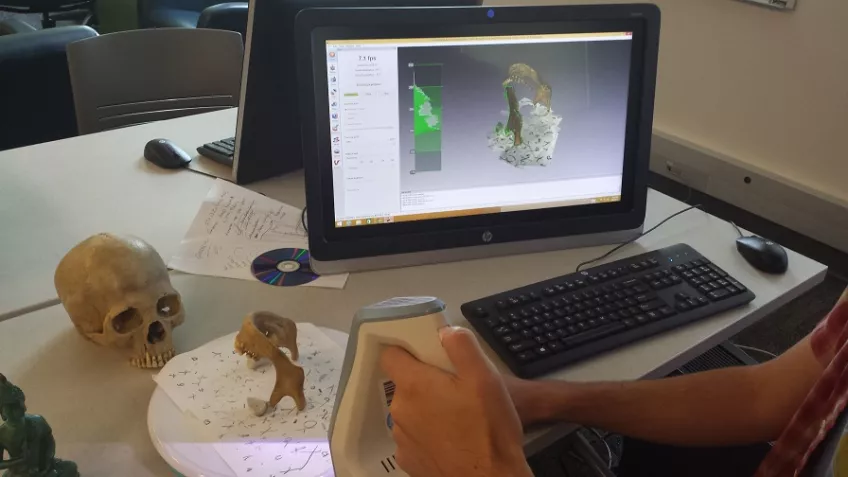Summary. Forensic 3D scanners revolutionise modern investigative techniques, offering precise crime scene replications and skeletal identification. Central Scanning’s state-of-the-art technology enhances evidence preservation and boosts efficiency, transforming digital forensics. Discover how these tools are shaping the future of forensic investigations.
The forensics sector is continuously adapting and evolving its procedures to better evidence identification. Through advancements such as Artificial Intelligence and using a 3D scanner within forensic investigations, crime investigators have seen more success in recent years than ever before.
Central Scanning is a reputable stockist of Artec & ZEISS 3D scanners. This modern technology has optimised some of the most significant industries today, including forensics science. With the new-found potential of digital forensics, investigators can enhance methods used to identify DNA.
How have forensics changed over the years?
From the beginning, ancient Greek and Roman societies played a huge role in introducing forensic science, just as they did medicine. In-depth research into the production, use and symptoms of toxins allowed them to make connections with past murders.
Over the years, technological developments meant that observational and interpretive forensic science methods were vastly relied upon. This includes textile fibre comparison, footwear mark observation and blood pattern interpretation. However, today, these forms are neglected when up against the capabilities of digital forensics (i.e. DNA & fingerprints).
How does a 3D scanner benefit forensic science?
Using a 3D scanner offers a new level of accuracy and reliability at a fraction of the time taken to undergo other forensic operations.
Replicating Crime Scenes
3D scanners can capture millions of data points in just a few minutes. And the same applies to a crime scene. In fact, they create investigators an extensive 360-degree image of a crime scene in no time at all. This obtains both the environment and vital evidence too. Making it invaluable when new evidence emerges or the suspects’ narrative changes.
With extreme intricacy and without risk of contamination, 3D scanners can capture indoor and outdoor evidence, including bullet holes, shoe marks and bloodstain patterns.
Skeletal Identification
Forensic 3D scanners can also examine skeletal remains within anthropology and odontology. Especially when using systems such as the Artec Leo 3D Scanner, one of our prized handhelds, you can determine the time of death, cause of death, and any injuries, as well as identify the deceased.
Related: 3D Scanning Guidelines for Skeletal Remains with Artec Studio 11 at the University of Sheffield
Preservation of Evidence
Crime investigations acquire an abundance of evidence that needs to be stored, even if a case is solved. However, the time taken to retrieve this information can be tedious. Our 3D scanners use state-of-the-art software that can not only capture evidence but also store it for years to come. This is ideal when a long time has passed since an investigation, as you can immediately reopen a case via the organised format they deliver.
Rent & Buy Scanners From Central Scanning
If your forensic department is looking to boost its efficiency and effectiveness in crime analysis, you’re in the right place. Not only do we offer 3D scanners for sale, but we also provide a rental service that allows you to take advantage of our forensic 3D scanners for one-off projects.
Get in touch with our helpful team today to discuss your needs and any questions via phone at 01527 558 282.
If you found this blog useful, check out another one: 3D Scanning Systems: Why are face-to-face product demonstrations important?







